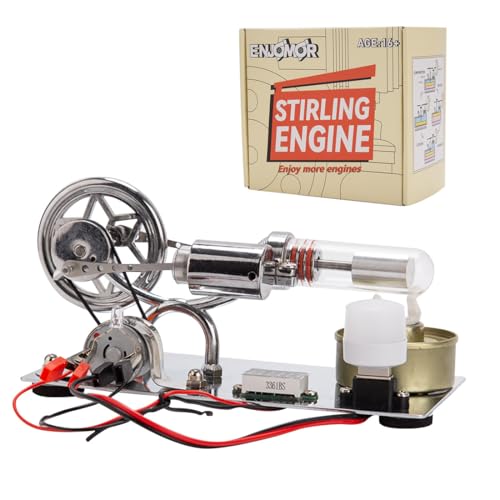- Joined
- Dec 28, 2008
- Messages
- 1,731
- Reaction score
- 9
The motor is taking shape and looking good! :bow:
Can you give specific details on the gear train, and will you add this information later to the plans uploaded in repository?
Thanks. -MB
Can you give specific details on the gear train, and will you add this information later to the plans uploaded in repository?
Thanks. -MB












































![DreamPlan Home Design and Landscaping Software Free for Windows [PC Download]](https://m.media-amazon.com/images/I/51kvZH2dVLL._SL500_.jpg)












![MeshMagic 3D Free 3D Modeling Software [Download]](https://m.media-amazon.com/images/I/B1U+p8ewjGS._SL500_.png)

